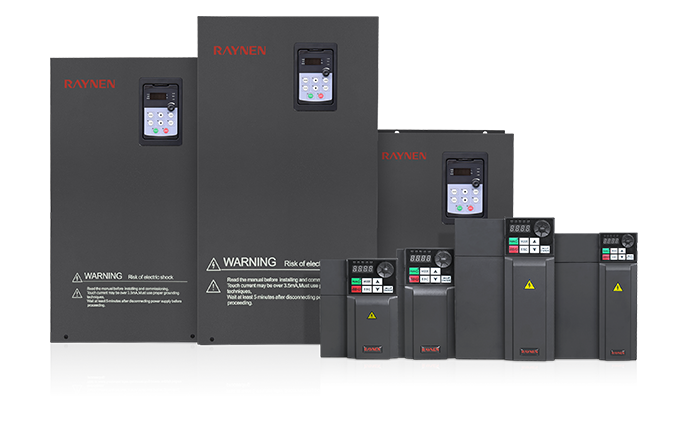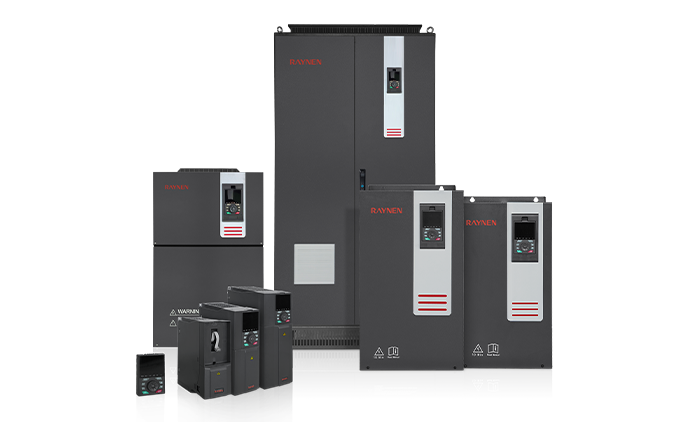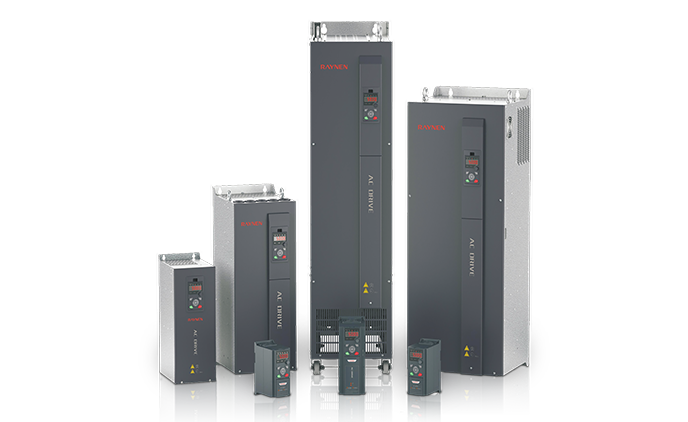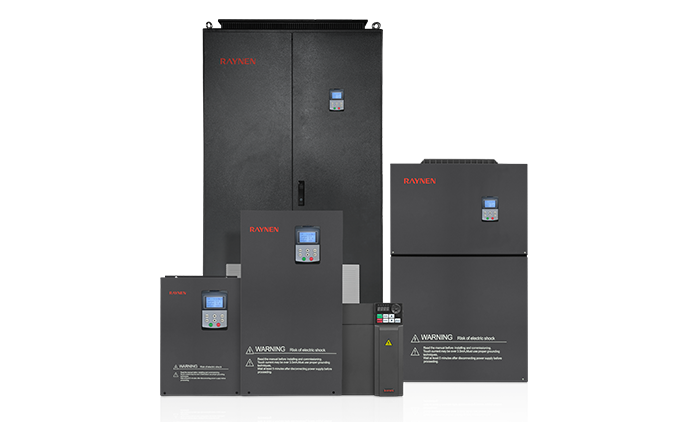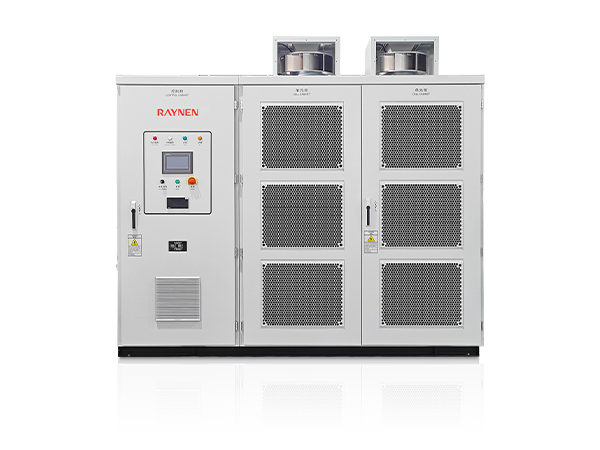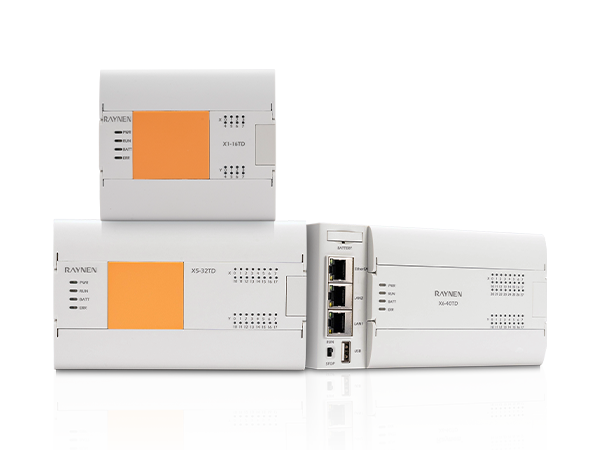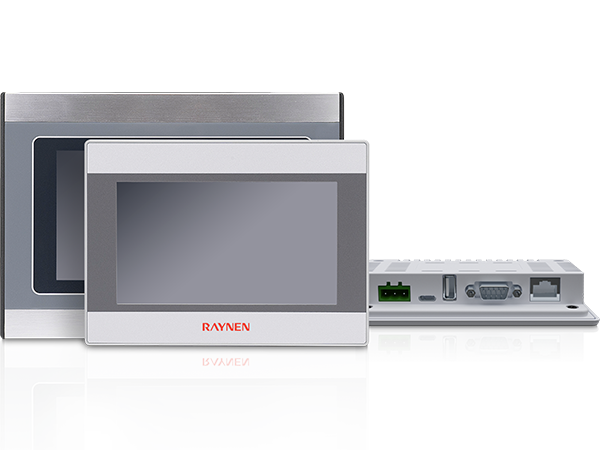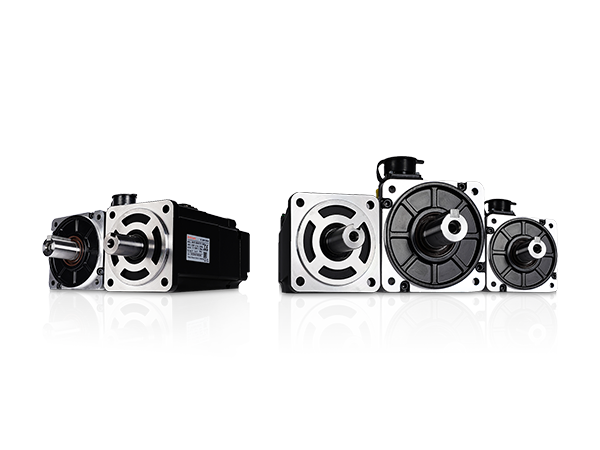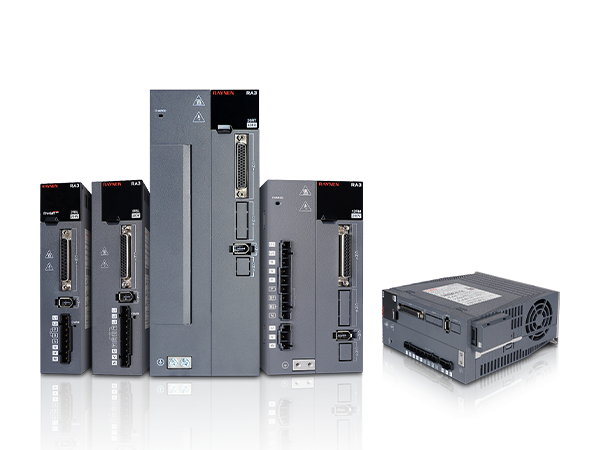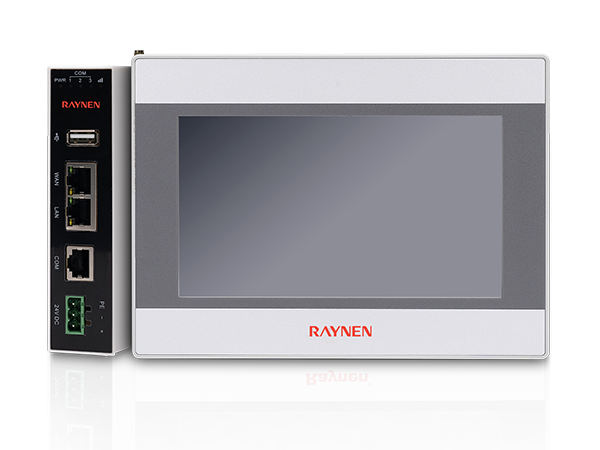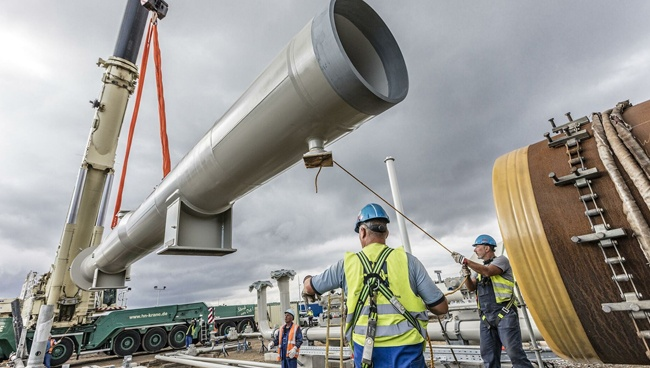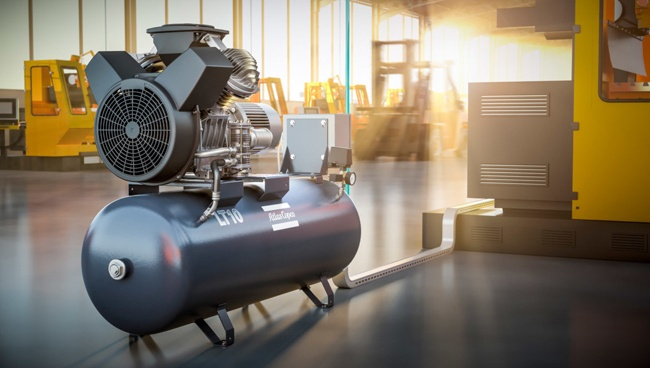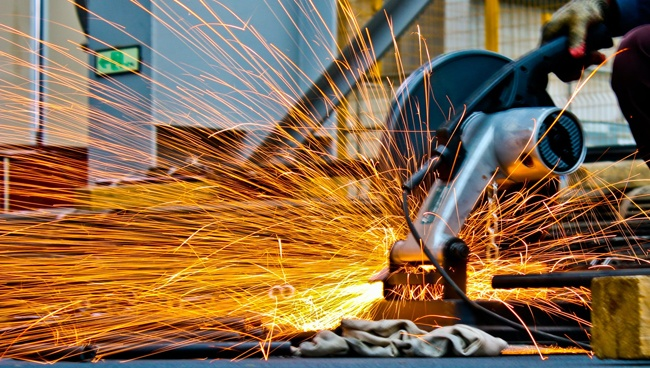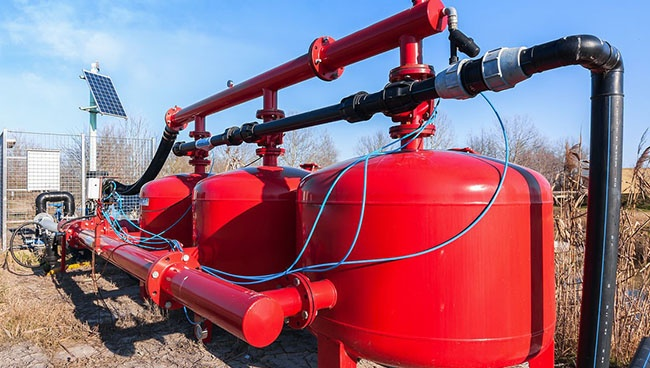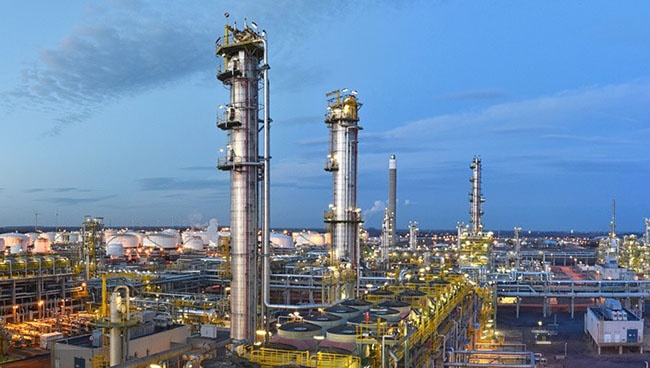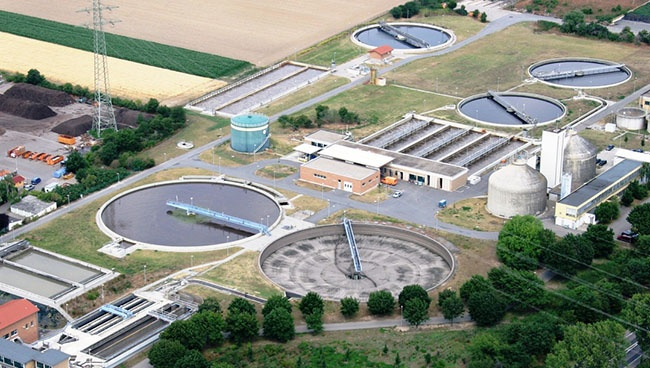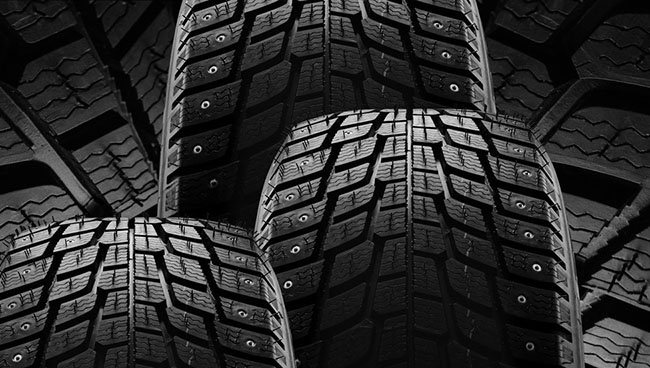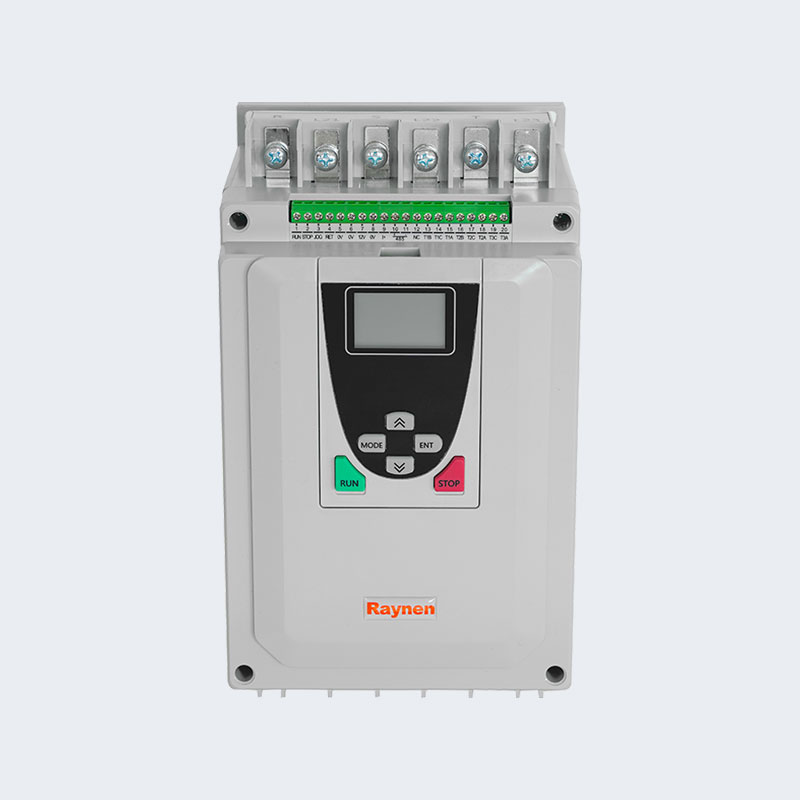1.Introduction to AC Drives (Variable Frequency Drives) In the realm of modern industrial control an......
READ MOREElectric Drive: Reshaping the Future of Mobility
As global attention on sustainable development intensifies, electric drive technology is transforming the automotive industry at an unprecedented pace. It's not just the core of electric vehicles; it's a key driver for energy transition and reducing carbon emissions.
What is Electric Drive?
Electric drive, also known as an electric powertrain or electric propulsion system, is a system that uses electrical energy as its power source to drive a vehicle or device. Its core components typically include an electric motor, an inverter (or motor controller), and a transmission (or reducer), along with a battery that provides the energy. Compared to a traditional internal combustion engine (ICE) powertrain, electric drive systems offer higher efficiency, faster response times, and lower operating noise.
Core Components of an Electric Drive System
-
Electric Motor: The "heart" of the electric drive system. It converts electrical energy into mechanical energy to turn the wheels. Common types include:
-
Permanent Magnet Synchronous Motor (PMSM): Small, lightweight, and with high power density, it's the current mainstream choice for passenger vehicles.
-
Induction Motor: Lower cost and simpler in structure, but its power density and efficiency are slightly inferior to a PMSM.
-
Switched Reluctance Motor (SRM): Simple and durable in structure, but noise and vibration control are more challenging. It's mainly used in specific commercial vehicles.
-
-
Motor Controller / Inverter: The "brain" of the system. It's responsible for converting the DC power from the battery into AC power and controlling the motor's speed and torque, enabling vehicle acceleration, deceleration, and regenerative braking. The quality of the control algorithms directly impacts the system's performance, efficiency, and stability.
-
Reducer: Since the maximum speed of an electric motor is much higher than an ICE, a reducer is needed to lower the rotational speed while amplifying the torque to match the wheels' requirements. Unlike a complex traditional gearbox, the reducer in an electric vehicle typically uses a simple single-stage or two-stage gear structure for efficient and compact power delivery.
Advantages of Electric Drive Technology
-
High Efficiency: Electric motors have an energy conversion efficiency of over 90%, far superior to an ICE's 30-40%. This means less energy is wasted and vehicles have a longer range.
-
Fast Response: An electric motor can deliver maximum torque instantly upon startup, providing powerful and immediate acceleration for a unique driving experience.
-
Simple Structure: Compared to an ICE, an electric drive system has fewer parts, resulting in lower maintenance costs and higher reliability.
-
Low Noise and Vibration: Electric motors run smoothly with minimal noise, significantly enhancing ride comfort.
-
Environmentally Friendly: Electric vehicles produce zero tailpipe emissions while driving, which helps improve urban air quality and is an effective way to achieve "zero emissions."
Future Trends in Electric Drive
-
Integration and Modularity: To improve space utilization and reduce weight and cost, future electric drive systems will move towards "3-in-1" or "multi-in-1" integration. This involves combining the electric motor, inverter, and reducer into a single compact unit, and even integrating the onboard charger (OBC) and DC-DC converter.
-
Wide Bandgap Semiconductors: Materials like silicon carbide (SiC) and gallium nitride (GaN) are being widely used in inverters. Their high temperature resistance, high frequency, and low loss characteristics can significantly boost the power density and efficiency of electric drive systems.
-
Multi-Motor Drive: Vehicles with dual or quad motors can achieve more precise torque vectoring control, enhancing handling and safety. This is particularly common in high-performance and off-road vehicles.
-
Electric Powertrain Platforming: Automakers are building standardized electric powertrain platforms to fit various vehicle models. This enables economies of scale, reducing R&D and manufacturing costs.
In conclusion, electric drive technology is the core driving force of the future automotive industry. As technology continues to advance, electric drive systems will become more efficient, compact, and intelligent, bringing us a more environmentally friendly, comfortable, and safer way to travel. It's not just a technological innovation; it's a profound reshaping of our future lifestyle.

 English
English Español
Español عربى
عربى
